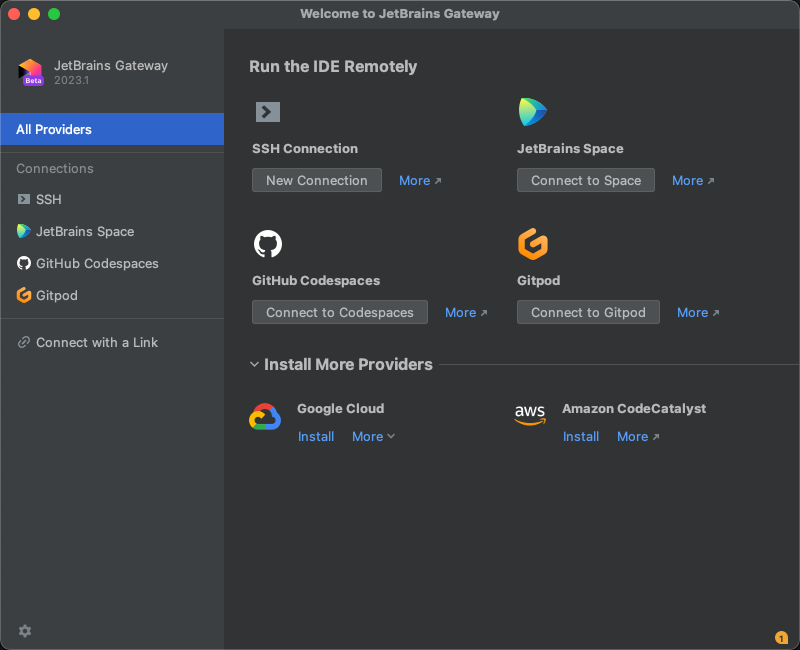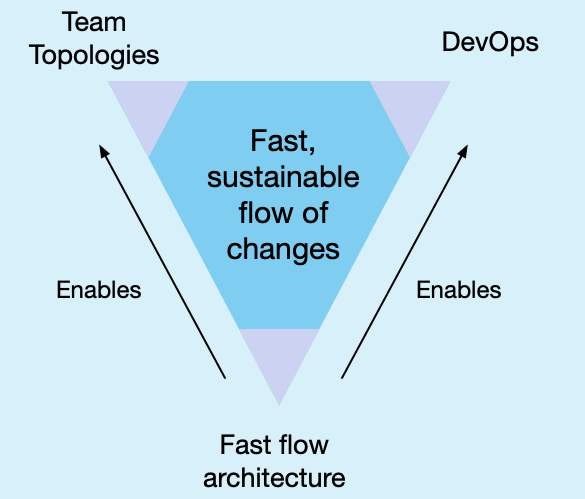Local vs. cloud-based development
developmentI prefer to develop using IDE that’s running locally rather than a cloud-based IDE. But sometimes, developing in the cloud is invaluable. Here are two scenarios where I’ve done cloud-based development:
- When software doesn’t run locally
- When you need a different OS, such as Windows

When software doesn’t run locally
Sometimes, I need to develop against software that doesn’t run locally. For example, I recently tried running Oracle 23c Free - developer release. The first thing that I discovered is that the container image only supports Intel. It doesn’t run on my M1-based Mac. Consequently, I needed to run the database somewhere else.
I suppose I could have still developed locally and connected to Oracle 23c running in the cloud using SSH port forwarding.
But instead, I chose to use Gitpod.
Gitpod is remarkably easy to use.
I simply prefixed the Github repo URL with gitpod.io/# to create a workspace.
I then used Jetbrains Gateway to connect to the workspace.
Gitpod worked reasonably well although downloading the large database image was really slow.
When you need a different OS
Another scenario where I develop in the cloud is when I need to use Windows For example, I once needed to troubleshoot Windows-specific issues with my Manning LiveProject. That’s when I discovered Windows 365 Cloud PC. I now have a Windows 11 PC that runs WSL2 and Docker Desktop for Windows. It’s accessible via Microsoft Remote Desktop and seems fairly responsive.


 Premium content and office hours is now available for paid subscribers at
Premium content and office hours is now available for paid subscribers at 




